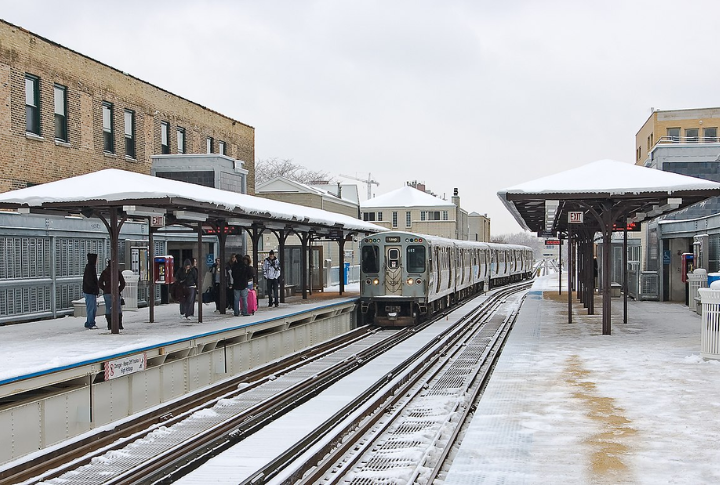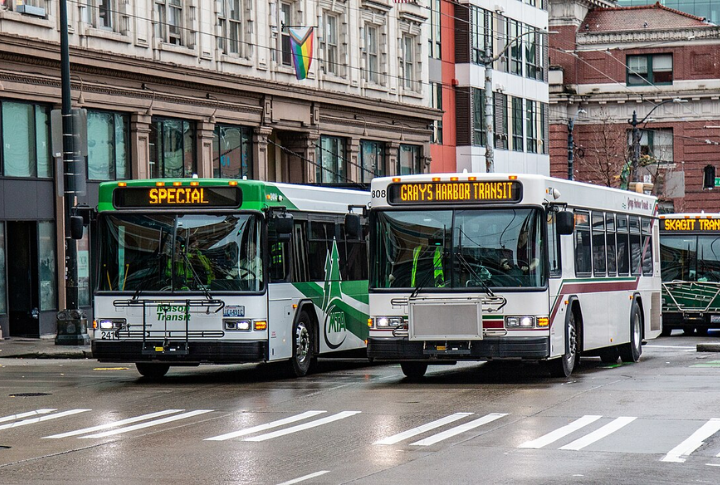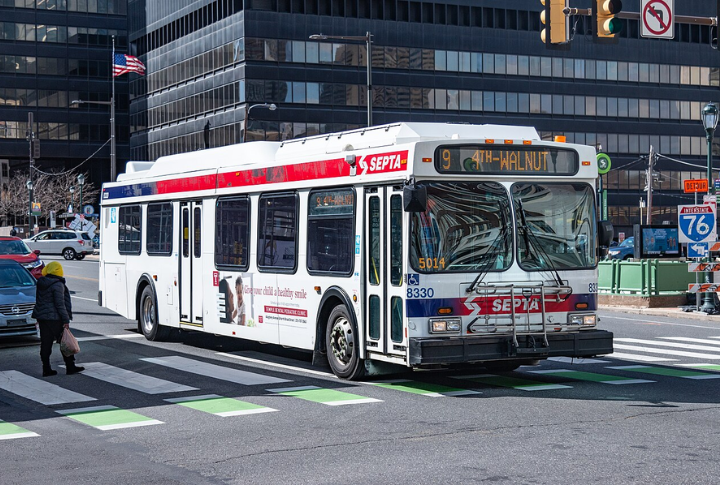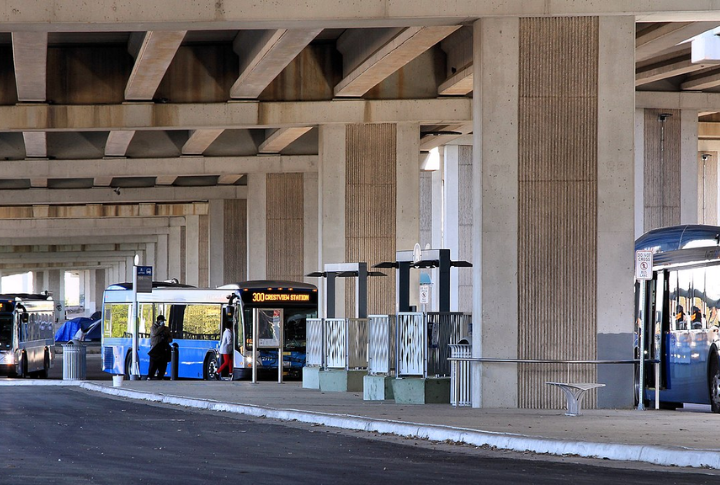
Navigating some U.S. cities feels refreshingly simple. Each urban hub blends efficient transit systems with modern infrastructure, making commuting a breeze. With historic networks and innovative light rails, let’s look at the top ten U.S. cities that get transportation right.
New York City, New York

Boasting the nation’s most extensive transport network, New York City’s MTA serves an average of approximately 10 million commuters daily through subways, buses, and regional rail. Spanning 665 miles of track, it’s vital for residents who rely on consistent service.
San Francisco, California

Public transport in San Francisco is tech-forward and efficient, blending heritage with innovation. BART and Muni Metro seamlessly connect neighborhoods, while historic cable cars offer iconic rides. Upgrades like real-time tracking reflect the city’s tech spirit. Commuters appreciate reduced congestion and eco-friendly options—proof that transport here meets modern demands.
Boston, Massachusetts

Boston’s “T” operates America’s oldest subway, yet it remains essential for modern commuting. Covering 166 miles, it connects key hubs via an extensive network of underground trains and surface transit buses. Packed during rush hour? Certainly. However, the MBTA’s frequency and coverage make car-free living in Boston remarkably practical.
Washington, D.C.

D.C.’s WMATA is the second busiest subway system in the U.S., with 98 stations and 129 miles of track. It serves federal workers and residents alike, which makes it integral to navigating the capital. Smart Trip cards streamline fare payments, while art-filled stations make commuting pleasant.
Chicago, Illinois

The “L” train in Chicago offers elevated views and ground-level connectivity. The CTA network spans eight rapid transit lines and keeps the city’s pulse steady. In 2024, approximately 127.4 million rides were recorded, which highlights its popularity. Expect rush-hour crowds, but efficient routes reduce delays.
Seattle, Washington

Sustainable commuting ethos shines through here in its commitment to eco-friendly mobility and community-focused design. Transit’s expanding network aims to curb car dependency. Plus, Orca cards simplify multi-modal journeys. With growing ridership, you’ll find that eco-commuting isn’t just a trend—it’s Seattle’s everyday reality.
Philadelphia, Pennsylvania

SEPTA’s network reaches across Philadelphia’s dense urban terrain. Daily ridership is approximately 700,000, connecting suburbs and cities seamlessly. Known for affordable fares and iconic trolleys, it’s important for locals who avoid driving. Despite aging infrastructure, improvements reflect a commitment to reliable and accessible transport for all.
Austin, Texas

Rapid growth challenges Austin’s transit, but solutions are emerging. Project Connect aims to overhaul bus routes and add light rail, reducing car reliance. Frequent service on core routes supports downtown commuters. Innovations include electric buses and mobility hubs. It reflects Austin’s intent—modern transit for a modern city.
Jersey City, New Jersey

Minutes from Manhattan, Jersey City’s transport revolves around PATH’s commuter system. Innovative city initiatives enhance connectivity, and the Hudson-Bergen Light Rail links key neighborhoods. For commuters, it’s all about options. Balancing affordability and access is vital for those working in New York.
Portland, Oregon

Diverse transport systems in Portland foster connection and mobility across the region. The bike-transit synergy is notable—park your bike and ride the train. Frequent Service lines cut wait times, while sustainable planning shapes every upgrade. For eco-minded residents, cycling is a habit.
